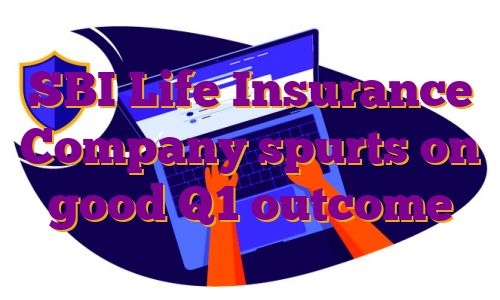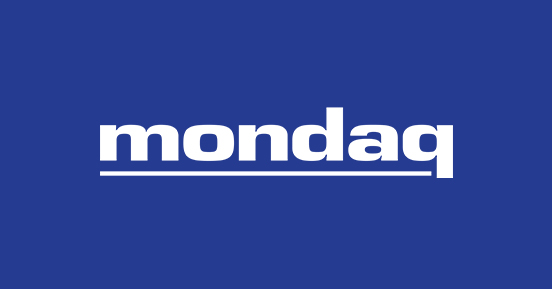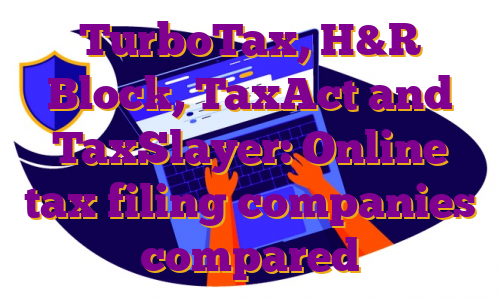SBI Life Insurance Company gained 8.68% to Rs 1,294 after the company’s net profit rose 17.8% to Rs 262.85 crore from Rs 223.16 crore in Q1 FY23 over Q1 FY22.The company reported a negative income from investment of Rs 6,405.66 crore in Q1 FY23 as against an income from investment of Rs 7,409.91 crore posted in Q1 FY22.
Net premium income jumped 32.76% to Rs 11,036.02 crore in Q1 FY23 as compared to Rs 8,312.55 crore in Q1 FY22. Profit before tax (PBT) grew 14.6% YoY to Rs 267.42 crore in the quarter ended 30 June 2022.
SBI Life Insurance Company has maintained its leadership position in Individual Rated Premium (IRP) of Rs 2,580 crore with 24.0% private market share in Q1 FY23. The Individual New Business Premium grew 87% YoY to Rs 3,430 crore in Q1 FY23. New Business Premium (NBP) jumped 67% YoY to Rs 5,590 crore in Q1 FY23 driven by strong growth in regular premium business by 83%.
Protection New Business Premium has increased by 63% from Rs 430 crore in Q1 FY22 to Rs 700 crore in Q1 FY23 due to growth in individual protection business by 55% to Rs 200 crore and growth in group protection business by 66% to Rs 500 crore in Q1 FY23. Gross Written Premium (GWP) has risen by 35% to Rs 11,350 billion in Q1 FY23 mainly due to 83% growth in First Year Premium (FYP) and 14% growth in Renewal Premium (RP) in Q1 FY23.
The company has a distribution network of 222,957 trained insurance professionals consisting of agents, CIFs and SPs along with widespread operations with 970 offices across country. The firm also has a distribution network comprising of strong bancassurance channel, agency channel and others comprising of corporate agents, brokers, micro agents, common service centers, insurance marketing firms, web aggregators and direct business.
APE channel mix for Q1 FY23 is bancassurance channel 63%, agency channel 26% & other channels 11%. NBP of Agency channel has increased by 50% to Rs 940 crore in Q1 FY23 and NBP of Banca channel has increased by 94% to Rs 2,900 crore in Q1 FY23 as compared to same period last year.
Value of New Business (VoNB) increased by 130% YoY to Rs 880 crore for Q1 FY23. VoNB margin has also improved by 665 bps to 30.4% in Q1 FY23. SBI Life Insurance Company has an additional reserve of Rs 290 crore towards COVID-19 pandemic as on 30 June 2022.
Its 13th month persistency (based on premium considering single premium and fully paid-up policies & group business where persistency is measurable) stood at 88.71% in Q1 FY23 as against 88.37% in Q1 FY22. The company’s strong growth in 25th and 49th month persistency (based on premium considering regular premium/ limited premium payment under individual category) improved by 339 bps to 78.72% and by 403 bps to 70.32% in Q1 FY23, on account of its focus on improving the quality of business and customer retention.
Asset under Management (AuM) grew by 13% from Rs 2,31,560 crore as on 30 June 2021 to Rs 2,62,350 crore as on 30 June 2022 with debt-equity mix of 73:27. Over 97% of the debt investments are in AAA and Sovereign instruments, the company stated in its press release.
The company’s net worth increased by 11% to Rs 11,760 crore as on 30 June 2022 from Rs 10,580 crore as on 30 June 2021. Robust solvency ratio as on 30 June 2022 was at 2.21 as against the regulatory requirement of 1.50.
SBI Life Insurance Company is one of the leading life Insurance companies in India. SBI Life Insurance Company has a strong distribution network of 222,957 trained insurance professionals consisting of agents, CIFs and SPs along with widespread operations with 970 offices across country. The company has diversified distribution network comprising of strong bancassurance channel, agency channel and others comprising of corporate agents, brokers, micro agents, common service centers, insurance marketing firms, web aggregators and direct business.
Powered by Capital Market – Live News(This story has not been edited by Business Standard staff and is auto-generated from a syndicated feed.)
 Dear Reader,
Dear Reader,
Business Standard has always strived hard to provide up-to-date information and commentary on developments that are of interest to you and have wider political and economic implications for the country and the world. Your encouragement and constant feedback on how to improve our offering have only made our resolve and commitment to these ideals stronger. Even during these difficult times arising out of Covid-19, we continue to remain committed to keeping you informed and updated with credible news, authoritative views and incisive commentary on topical issues of relevance.
We, however, have a request.
As we battle the economic impact of the pandemic, we need your support even more, so that we can continue to offer you more quality content. Our subscription model has seen an encouraging response from many of you, who have subscribed to our online content. More subscription to our online content can only help us achieve the goals of offering you even better and more relevant content. We believe in free, fair and credible journalism. Your support through more subscriptions can help us practise the journalism to which we are committed.
Support quality journalism and subscribe to Business Standard.
Digital Editor
!function(f,b,e,v,n,t,s){if(f.fbq)return;n=f.fbq=function(){n.callMethod?n.callMethod.apply(n,arguments):n.queue.push(arguments)};if(!f._fbq)f._fbq=n;n.push=n;n.loaded=!0;n.version=’2.0′;n.queue=[];t=b.createElement(e);t.async=!0;t.src=v;s=b.getElementsByTagName(e)[0];s.parentNode.insertBefore(t,s)}(window,document,’script’,’https://connect.facebook.net/en_US/fbevents.js’);fbq(‘init’,’550264998751686′);fbq(‘track’,’PageView’); .







